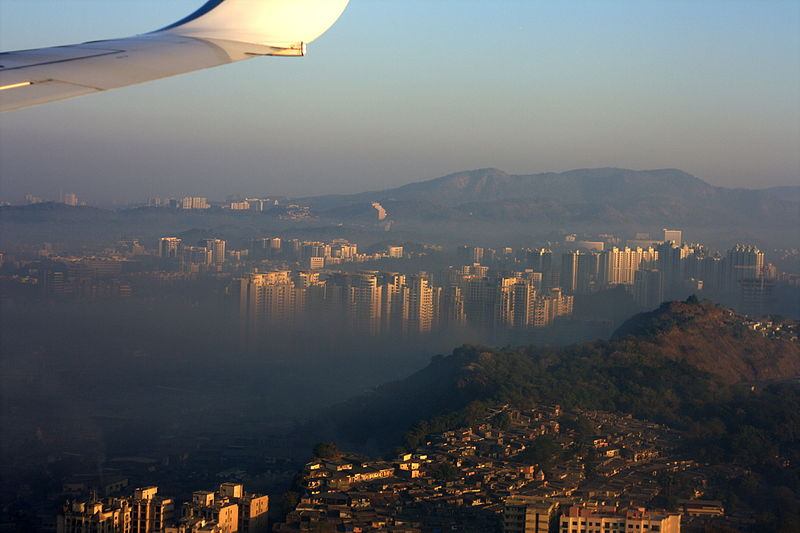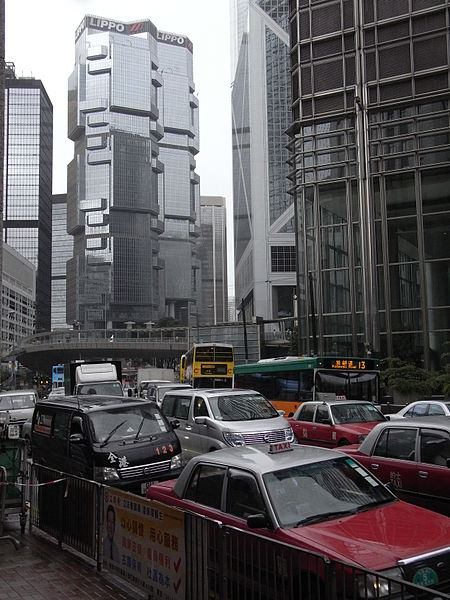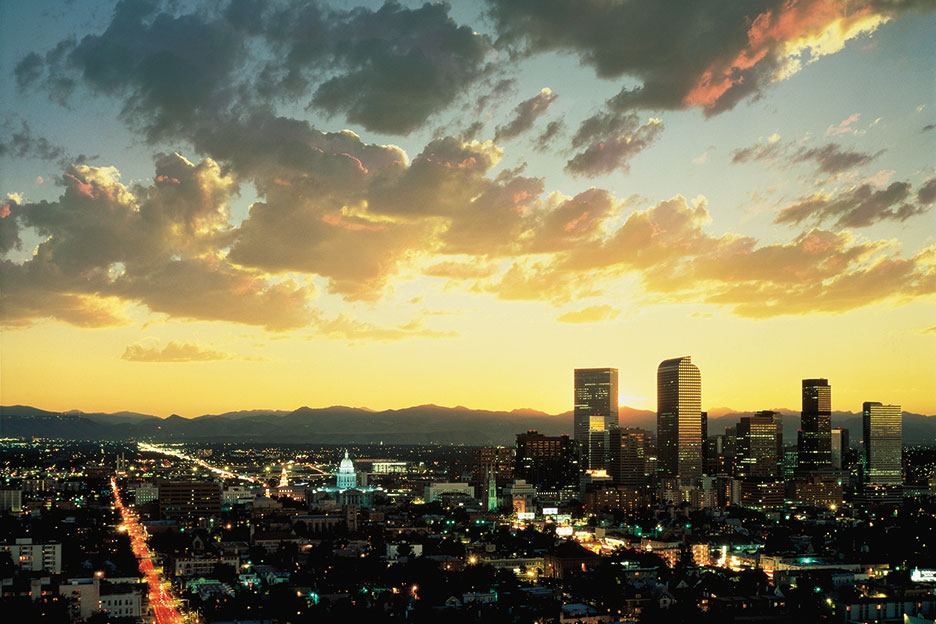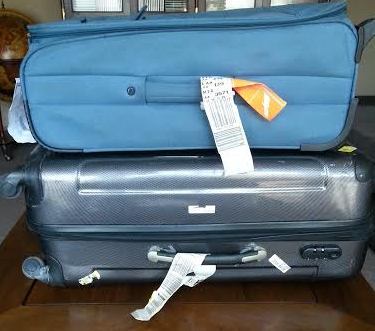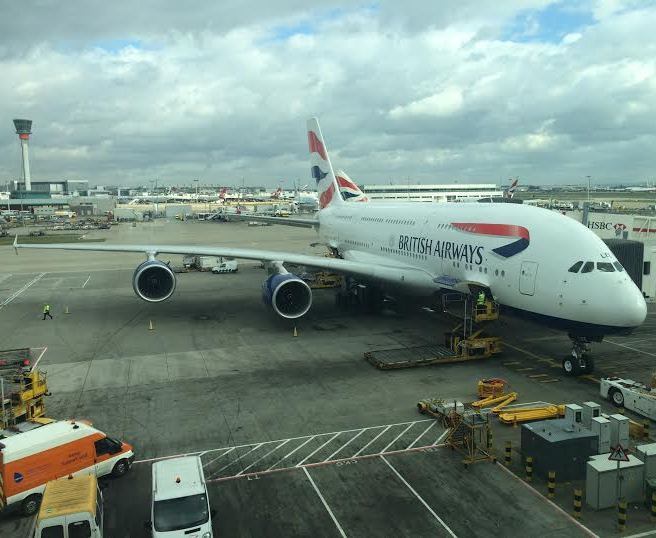Travel Tips
The Top 5 International Travel Myths & Stereotypes Debunked
Mumbai Slums and Highrises. Credit: Sankarshansen
Don’t let old cliches and cultural biases influence how you see the world. Not all Brazilians are skinny, not all Asians prefer bicycles and no the Middle East isn’t a dangerous war zone. The facts don’t lie, so we asked Cedar Attanasio to put together the most convincing case against some of the most common myths. It’s not just about travel, but your understanding of the world as a global citizen.
Myth 1: All Brazilians Are Skinny
In my imagination Brazilians are fit, tan, bikini-filling babes and capoeira-dancing hunks. Who can blame me for buying this myth? Since The Girl From Ipanema (supermodel Heloísa Pinheiro), through 30 Miss Universe finalists, and on to sex-laced films like The City of God, we’ve always been taught that Brazilians are the finest in the world.
The myth was partially true in the past.
As Brazil’s economy has improved, its citizens are eating more and exercising less.
One in seven Brazilians was considered obese 2009, according to a study published in the International Journal of Public Health. The Telegraph reports that by 2020 Brazilians could be as overweights Americans.
The consequence of an American-sized gut? American-sized healthcare costs, diabetes rates, cancer incidences, and liver disease occurrence. Oh, and an increased demand for plus-sized bathing suits.
There is a silver lining to Brazil’s bulging cloud. Undernourishment isway, way down. Improved appetites reflect the development of the country in the past two decades, a modest increase in wealth equality, and a decrease in crime.
And no, obese Brazilians shouldn’t crush your travel plans. After all, you were probably planning on visiting Brazil for its real treasures: its abundant diversity of the Amazon, the vibrant city life, and the gorgeous beaches from Sao Paulo, to San Salvador. Right?
Myth 2: India is Poor
Beggars, dirty streets, starvation, disease—that’s how you’ll see India in a Mother Teresa biography. But India is not merely a mass of 1.2 billion poor people.
India is also very wealthy. It has the 4th highest number of billionaires, a space program, and a plethora luxury hotels that cater both to tourists and the Indian elite. Cities can be pricey, and if you wander into a luxury hotel like the Oberoi Mumbai you would be lucky to find a room for $500 per night.
So is India rich or poor? Well, it is extremely both, a dichotomy best illustrated by the fact that India both gives and receives foreign aid. That’s right, it receives aid from countries like England and the United States, and gives aid to its neighbors and allies, like as Bhutan, Nepal and Afghanistan.
Those extremes mean diverse opportunities for travel. To help make a difference in the areas that need it, consider a voluntourism trip.
Myth 3: Asians Only Travel by Bike
Younger readers might not catch this myth, so here’s a bit of history. Since at least the Ho Chi Minh trail, a human-powered supply-line during the Vietnam War, many have stereotyped Asians as perpetually cycling.
Yes, there are probably more bikers per capita in Laos that Los Angeles. But get this: car ownership in China has increased from just 4 million to a whopping 35 million.
It’s now the largest national car market in the world. And while many still ride two-wheelers, they are usually powered scooters and motorcycles.
A growing middle class and a generation of suburban cities are making the car emperor of China’s transportation. Most Chinese households still own a bicycle. But in big cities like Shanghai, Beijing and Guangzhou, bikes are more likely to be used for a ride around the block then a commute to work.
Bicycles are still great for tourists though. There’s no better way to see a city like Beijing from atop a bicycle. So next time you’re in Beijing, check out bike tours, like Bike Beijing. Too cool for human-powered bikes? Check out motorcycle and sidecar tours across China, such as Beijing Sideways.
Myth 4: The Middle East is Dangerous
Between Egypt and tourist havens like Israel and Turkey, the Middle East has its obvious havens for tourists. Westerners have safely traveled through these countries for years, taking advantage of beaches, old cities, and historic sites. Arabs also take advantage of local travel in safe countries in the Gulf: Saudi Arabia, Bahrain, the United Arab Emirates.
But what about places like Iraq or Afghanistan? Not all areas need to be avoided just because of what’s perceived from the news or because it has a travel alert.
The State Department travel alerts have one major flaw. They cover whole countries even when problems are isolated to a region. You wouldn’t cancel a trip to Cancun because of violence in Juarez, right?
For the same reason, don’t avoid Iraq just because of problems in Baghdad. Yes, Iraq. I’m talking about the Other Iraq, the majority Kurdish region that takes up the northern third of the country. Contemporary tourism here started as a publicity stunt, when a pro-war intellectual, the late Christopher Hitchens, decided to go on a holiday with his young son to show the progress in Iraq.
It’s good news that we can vacation to Iraq, because it’s the cradle of civilization, at the confluence of the Tigris and Euphrates rivers. Erbil, for example, has been continuously inhabited for 7,000 years. You can visit ruins from 5000 BCE, before the advent of agriculture. And despite small crowds, the tourist sites are well developed. The Erbil Citadel has been recognized by UNESCO as a world heritage site, meaning it’s not only a special place, but it’s accessible as well. The biggest challenge of travel in the Kurdish north of Iraq? ATMs. There aren’t that many. So think about bringing traveler’s checks, cash, and your credit card.
Myth 5: There’s Nothing Metropolitan between New York and Los Angeles
Sure, Niagara Falls, Yellowstone, and the Grand Canyon get plenty of visits. But have we forgotten about our great American cites? Here are three cities you need to visit between coasts:
In Chicago, you can catch musicals like “The Book of Mormon,” “War Horse,” and “Les Misérables.” Chicago is also home to a rich history. At the Museum of Science and Industry, you can experience the history of the roaring railroads that directed America’s industrial revolution. Their “Great Train Story” exhibit has a model train region with over 1,000 feet of track and 30 trains operating at once.
Denver one of the most walkable cities, you can get from the 16th Street Mall to the Denver Zoo and back to your hotel without breaking a sweat. If you do find yourself in Denver with wheels, get out of town for a world class concert at the Red Rocks Amphitheater. You can learn about the geology of the amphitheater in a guided tour, and visit it for recreation when no concerts are running.
New Orleans is known around the world for Jazz and Mardi Gras, but the Jewel of the Bayou is also home to some big city attractions you’ve never heard of. Next time you’re there, check out the Audubon Aquarium of the Americas, home to white alligators, white sharks, and a stingray petting zoo. Don’t miss our tips from the locals.
For more help debunking travel myths and international travel information, check out:
- Travel Tip: Travel Myths Debunked
- Global Guide to Gestures, Body Language and Travel Etiquette
- Tips on Avoiding the Ugly American Stereotype
By Cedar Attanasio for PeterGreenberg.com. Check out his blog, Cedar Board, and follow him on Twitter @cedarattanasio.











